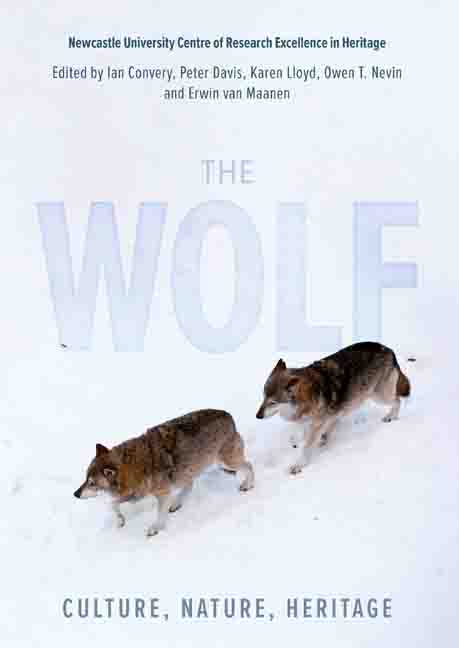Book contents
- Frontmatter
- Dedication
- Contents
- List of Illustrations
- Preface and Acknowledgments
- List of Abbreviations
- Poem: Trophic Cascade by Camille T Dungy
- Foreword
- Part I Imagining the Wolf
- Part II What Makes the Wolf
- Part III Return of the Wolf
- Part IV Personal Encounters
- Afterword: The Ecological Disadvantage of Living on an Island
- Glossary
- List of Contributors
- Index
11 - The Wolf Pack
Published online by Cambridge University Press: 10 January 2024
- Frontmatter
- Dedication
- Contents
- List of Illustrations
- Preface and Acknowledgments
- List of Abbreviations
- Poem: Trophic Cascade by Camille T Dungy
- Foreword
- Part I Imagining the Wolf
- Part II What Makes the Wolf
- Part III Return of the Wolf
- Part IV Personal Encounters
- Afterword: The Ecological Disadvantage of Living on an Island
- Glossary
- List of Contributors
- Index
Summary
The tenth edition of Systema Naturae (1758) by the Swedish botanist, zoologist and physician Carl Linnaeus is regarded as the starting point of zoological nomenclature. He assigned the binomial Canis lupus to the grey wolf, a species he would have been familiar with. However, the use of the popular name ‘wolf ‘ assigned to similar looking animals has created confusion, and wolf taxonomy is further complicated by the recognition of some 30 subspecies of Canis lupus, described on the basis of their geographic distribution, pelage or size. In addition, the taxonomic distinctions between wolves and other canids (coyotes, foxes, jackals, domestic dogs and dingoes) are increasingly blurred due to hybridisation, a situation becoming better understood through the use of mitochondrial DNA studies. This chapter seeks to introduce the taxonomic complexity of ‘the wolf pack’ which has long been the subject of debate.
WOLF LINEAGES
Wolf ancestors began to develop in the Palaeocene, about 60 million years ago (mya). By the Miocene, about 20 mya, canines and felines had branched into two separate families – Canidae and Felidae. The dog-family Canidae was present in North America during the Miocene, some 10 mya (Lindblad-Toh et al 2005), with multiple migrations dispersing canids to Asia, Africa and Europe. The genus Canis also dates from the late Miocene (4.59 mya) (Nowak 2003) with the discovery of two coyote-sized fossil species C. ferox and C. lepophagus (Tedford et al 2009). Wayne (1993) suggests that a number of wolf-like canids diverged from a common ancestor about two to three mya. Nowak (2003), based on morphological and genetic studies, suggests the first grey wolf, (Canis lupus), probably appeared in North America in the Pliocene and early Pleistocene (2.6 mya); it reached Eurasia sometime in the early Pleistocene period.
Today, the classification of living Canidae amounts to the classification of a subset, the subfamily Caninae, since two ancient subfamilies, the Hesperocyoninae and Borophaginae, are long extinct. Nowak (1999) states that the subfamily currently contains 16 living genera and 36 species, ranging in size from the tiny fennec fox to the large grey wolf, and found in every continent except Antarctica. The exact number of species contained within the subfamily Caninae remains a point of some contention, but Sillero-Zubiri et al (2004) recognise 35 full species.
Information
- Type
- Chapter
- Information
- The WolfCulture, Nature, Heritage, pp. 119 - 130Publisher: Boydell & BrewerPrint publication year: 2023
